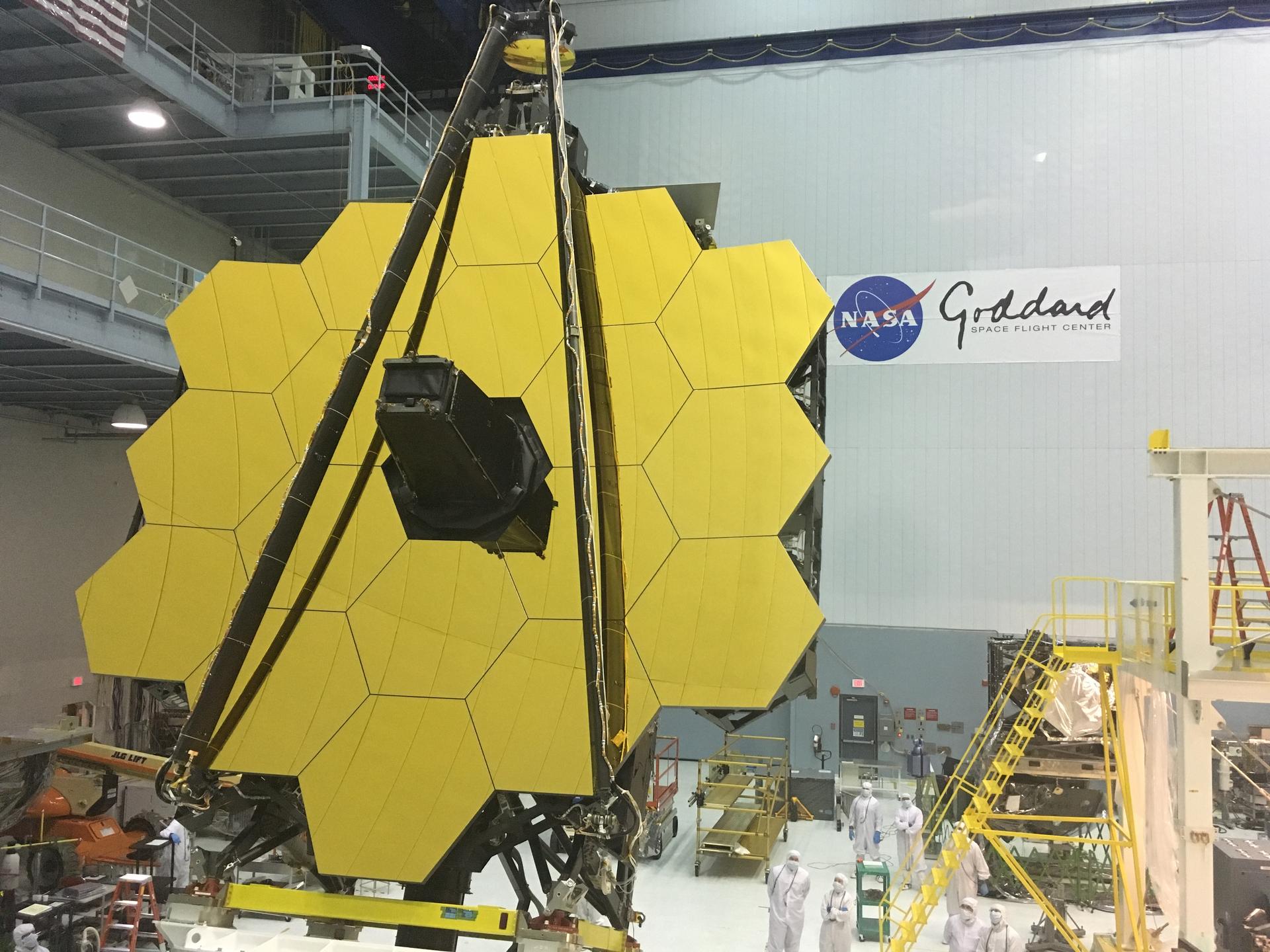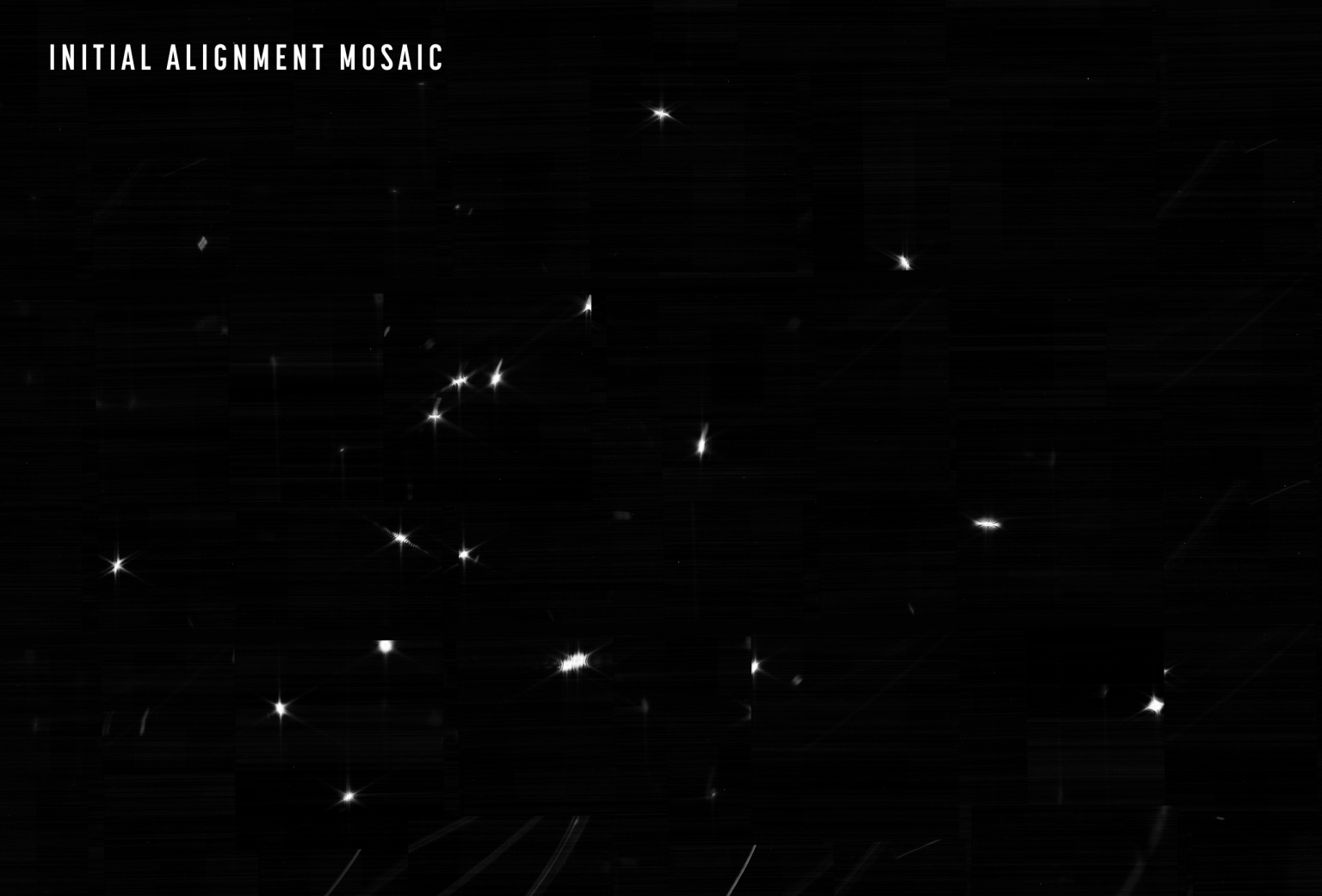Nasa James Webb Space Telescope sends back its first image

Your support helps us to tell the story
From reproductive rights to climate change to Big Tech, The Independent is on the ground when the story is developing. Whether it's investigating the financials of Elon Musk's pro-Trump PAC or producing our latest documentary, 'The A Word', which shines a light on the American women fighting for reproductive rights, we know how important it is to parse out the facts from the messaging.
At such a critical moment in US history, we need reporters on the ground. Your donation allows us to keep sending journalists to speak to both sides of the story.
The Independent is trusted by Americans across the entire political spectrum. And unlike many other quality news outlets, we choose not to lock Americans out of our reporting and analysis with paywalls. We believe quality journalism should be available to everyone, paid for by those who can afford it.
Your support makes all the difference.Nasa’s James Webb Space Telescope has sent back its first images.
The blurry image appears to show 18 different blobs of starlight – though they are actually all the same star, shaken up because the pieces of mirror in the telescope are not yet properly aligned.

As such, the image is not only a major milestone in the rollout of a telescope that could one day reveal the ancient history of the universe and search for habitable alien planets.
It is also an important part of the alignment and focusing of the telescope, since engineers will use it to properly setup its view of the universe so that it can start that research.
Over the next month or so, Nasa’s engineers will adjust the telescope so that those 18 dots merge into one.
“The entire Webb team is ecstatic at how well the first steps of taking images and aligning the telescope are proceeding. We were so happy to see that light makes its way into NIRCam,” said Marcia Rieke, principal investigator for the NIRCam instrument and regents professor of astronomy, University of Arizona.
The $10 billion Webb telescope launched on Christmas day after years of delays and decades of development, and spent the next month traveling 1.5 million kilometers to its operational orbit. It was a busy month for the big telescope, which slowly and carefully deployed its mirrors and solar panels that had been folded, origami-like, for launch aboard an Ariane 5 rocket.
Webb reached Lagrangian Point 2, a region of space where the gravity of the Earth and Sun cancel out, allowing Webb to orbit the Sun while always keeping Earth at its back, on 24 January. Ground operators then began the commissioning phase for the big telescope, beginning with aligning the 18 beryllium mirror segments that makeup Webb’s 6.5 metre primary mirror, the largest diameter mirror ever flown in space.
To begin the alignment process, operators pointed Webb at 156 points in the sky where they predicted they could image a single star, an area of sky roughly the same size as the full Moon. The telescope took more than 1,500 images over more than 24 hours, stitching them together into a huge, 2 billion pixel image.
“Taking so much data right on the first day required all of Webb’s science operations and data processing systems here on Earth working smoothly with the observatory in space right from the start,” said Marshall Perrin, deputy telescope scientist for Webb and astronomer at the Space Telescope Science Institute, in Baltimore, which operates Webb and the Hubble Space Telescope. “And we found light from all 18 segments very near the center early in that search! This is a great starting point for mirror alignment.”
Completely aligning all of Webb’s mirror segments so that they produce a single image of a distant star could take another week or more, and even then the alignment process is not complete. The current alignment only takes one instrument — NIRCam — into account. Operators will also need to ensure the telescope produces a perfectly aligned and focused image for Webb’s three additional instruments, the Mid-Infrared Instrument (MIRI), Near-Infrared Spectrograph (NIRSpec), and the Near-Infrared Imager and Slitless Spectrograph/Fine Guidance Sensor (NIRISS/FGS).
After Webb’s optics are completely aligned, the telescope’s instruments will be calibrated and checked, a process that could take months.
And as an infrared telescope, Webb’s instruments are exquisitely sensitive to thermal energy, and must be kept extremely cold, which is one reason the telescope is orbiting so far from Earth and using a massive sunshield to block out solar energy. As of 10 February, Webb’s temperature was around -198 degrees Celsius, but it will need to chill out to -266 degrees Celsius for all of its instruments to function optimally, another process that could take weeks.
It will likely be sometime in mid-summer before Webb can begin making scientific observations.
The scientific observations planned for Webb will be groundbreaking for astronomy and planetary science.
Webb will see farther into the recess of the universe, and further back in time, than any telescope before it, capturing images of the very first stars and galaxies to form after the big bang. The telescope will also help characterize the atmospheres of distant exoplanets, and will even provide new and more detailed insights into the composition of bodies in our own Solar System, from Mars, to Uranus, to objects in the distant Kuiper belt, such as Pluto.
Join our commenting forum
Join thought-provoking conversations, follow other Independent readers and see their replies
Comments